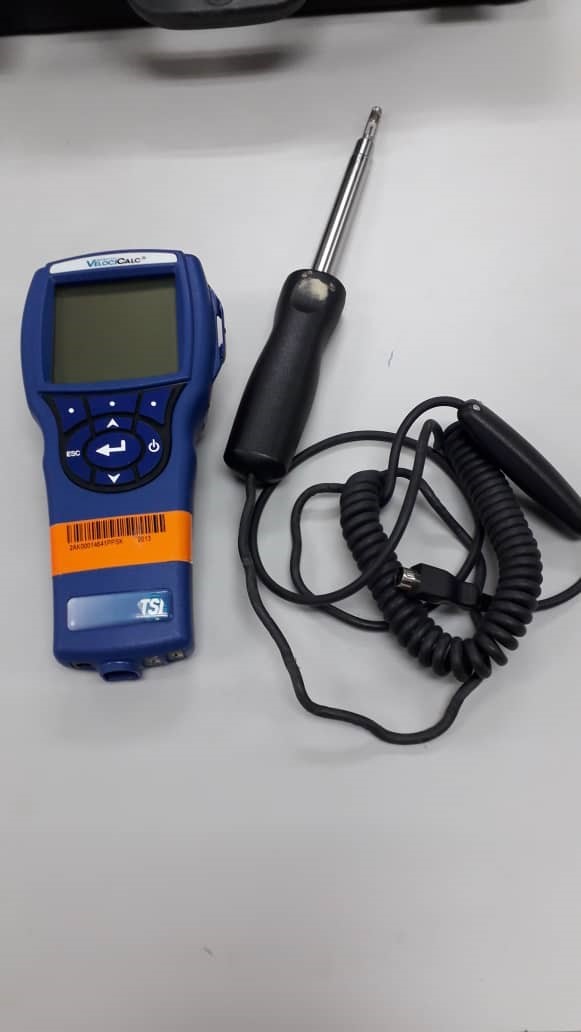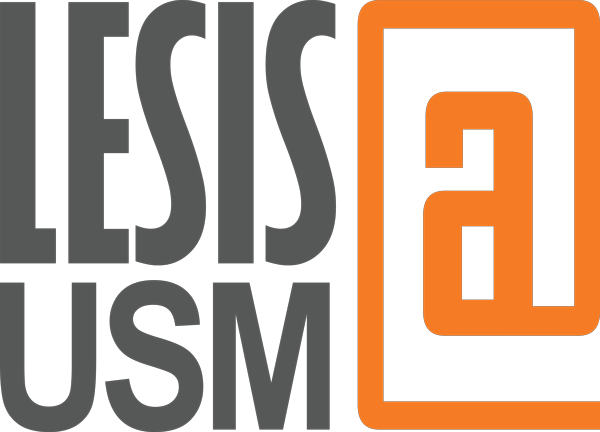


Laboratory Equipment & Services Information System
by Centralized Laboratory Management Office (CeLMO)
The TSI 9565 is a hand-held particle counter manufactured by TSI Incorporated. It's designed for portable, on-the-spot measurements of airborne particles in various environments. The TSI 9565 particle counter is commonly used in industries such as pharmaceuticals, cleanrooms, HVAC (Heating, Ventilation, and Air Conditioning), indoor air quality assessments, and occupational health and safety. The TSI 9565 Particle Counter typically includes data logging functionality, allowing users to record measurement data over time for further analysis or documentation.
Parameters Monitored: Airflow Rate: Monitoring the airflow rate ensures that the ventilation system is providing adequate air exchange to dilute and remove contaminants effectively. Contaminant Levels: Monitoring the concentration of specific contaminants in the exhaust air helps assess the effectiveness of contaminant removal and identify potential sources of indoor air pollution. Temperature and Humidity: Monitoring temperature and humidity levels helps maintain occupant comfort and prevent the growth of mold and mildew in ventilation ducts. Pressure Differentials: Monitoring pressure differentials between indoor and outdoor spaces helps ensure proper airflow direction and prevent the infiltration of contaminants from adjacent areas. Monitoring Methods: Direct Measurement: Using sensors and meters to directly measure airflow rates, contaminant concentrations, temperature, humidity, and pressure differentials in ventilation ducts or exhaust outlets. Indirect Measurement: Monitoring indicators such as smoke visualization tests, tracer gas tests, or airflow pattern assessments to indirectly assess ventilation system performance. Continuous Monitoring: Installing real-time monitoring systems that continuously measure and record ventilation parameters to provide immediate feedback on system performance and detect anomalies or malfunctions. Periodic Testing: Conducting periodic inspections, audits, or performance tests of ventilation systems to evaluate long-term effectiveness and identify maintenance or upgrade needs. Regulatory Compliance: Exhaust ventilation monitoring is often required to comply with occupational health and safety regulations, building codes, environmental regulations, and industry standards. Regulatory requirements may specify permissible exposure limits for contaminants, minimum ventilation rates, and monitoring frequency. Health and Safety Implications: Inadequate exhaust ventilation can lead to indoor air quality problems, occupant discomfort, health issues (such as respiratory problems and headaches), and increased risk of exposure to hazardous substances. Proper monitoring helps prevent these problems and ensures a safe and healthy indoor environment. Maintenance and Optimization: Regular maintenance, calibration, and optimization of ventilation systems are essential to ensure optimal performance and energy efficiency. Monitoring data can help identify maintenance needs, diagnose problems, and optimize system operation to minimize energy consumption and operating costs. Integration with Building Management Systems: Exhaust ventilation monitoring systems can be integrated with building management systems (BMS) or energy management systems (EMS) to automate control functions, optimize ventilation schedules, and provide remote monitoring and alerts for system malfunctions or deviations from setpoints. By implementing effective exhaust ventilation monitoring practices, building owners, facility managers, and occupational health professionals can ensure that ventilation systems operate efficiently, maintain indoor air quality, and protect the health and well-being of occupants.
The TSI 964 Probe is a specific type of probe manufactured by TSI Incorporated, a leading provider of precision measurement instruments. The TSI 964 Probe is typically used for environmental monitoring and indoor air quality assessments. This probe is commonly utilized in conjunction with TSI's range of instruments, such as particle counters or indoor air quality monitors, to measure various parameters including temperature, humidity, and airflow. It's designed to provide accurate and reliable measurements in a variety of environments, making it suitable for use in industries such as HVAC (Heating, Ventilation, and Air Conditioning), cleanrooms, laboratories, and manufacturing facilities.
- Manufacturer
- US
- Brand
- TSI
- Model
- TSI 9565
- Year Manufactured
- Year Procured
- 2013
- Department
- PUSAT PENGAJIAN SAINS KESIHATAN
- Location
- Ppsk-blok A > Satu > Kpp
- Date Registered LESIS
- 28/02/2024
- Category
- Function
- Booking, Testing,
- Category
- Staff operated
- Equipment Status
- Good
Person In-Charge



